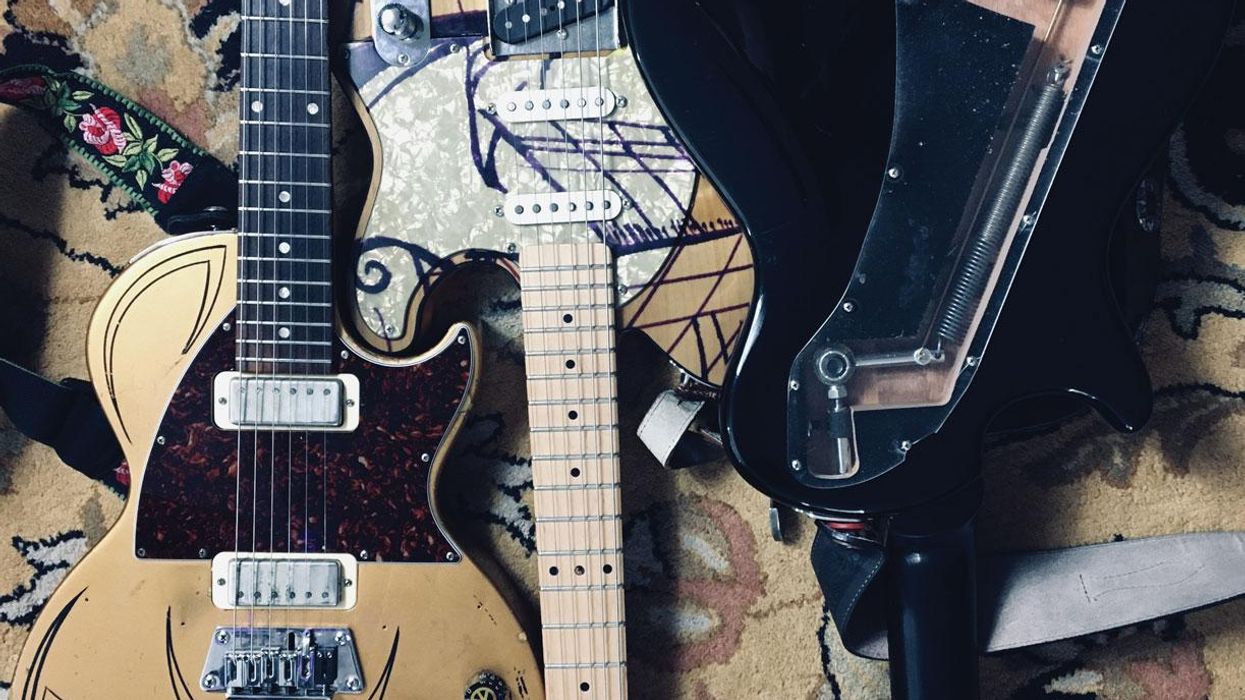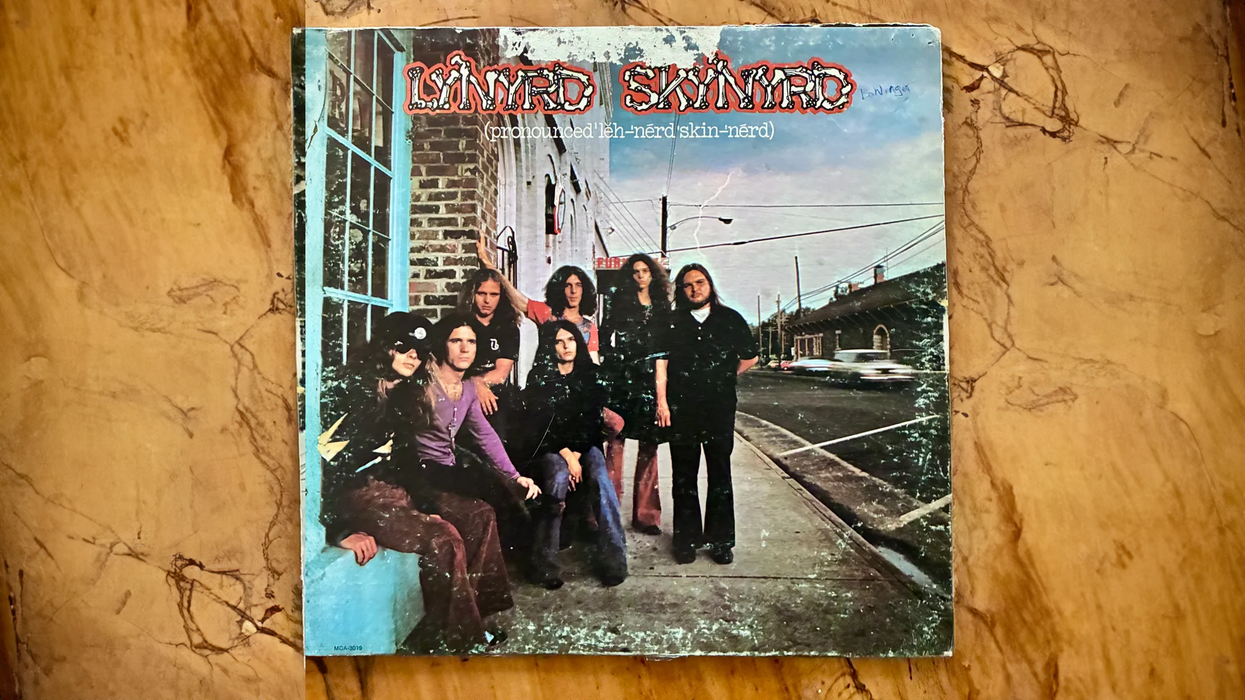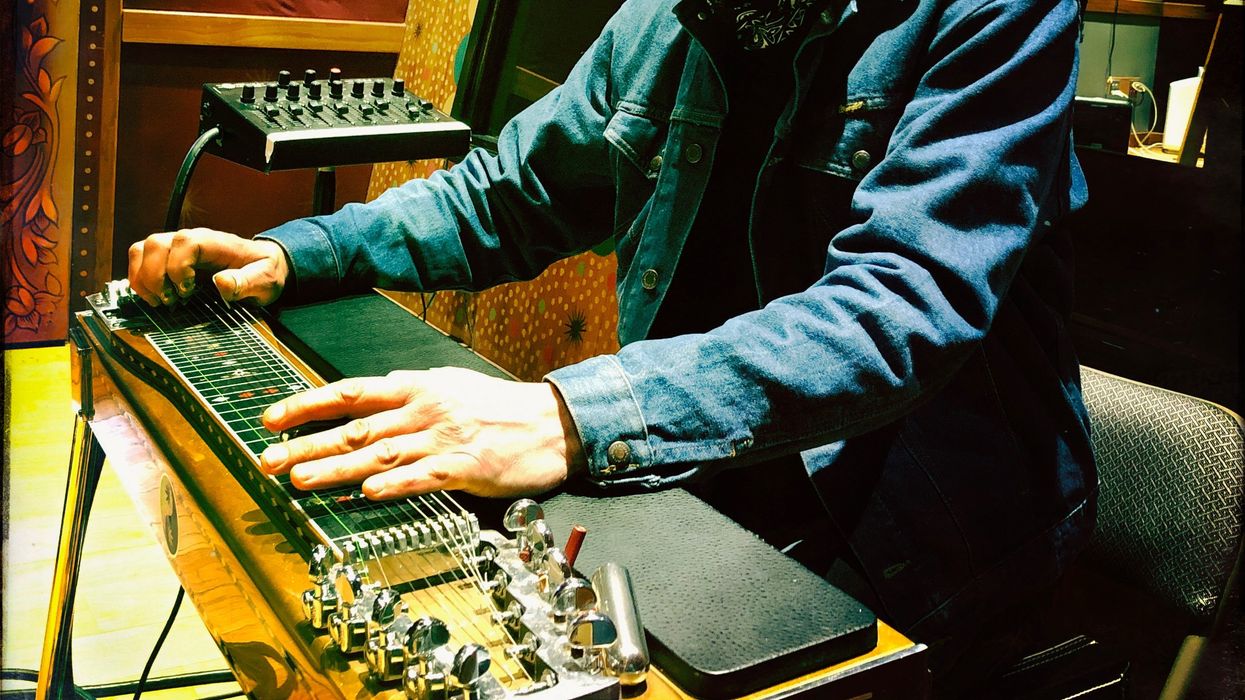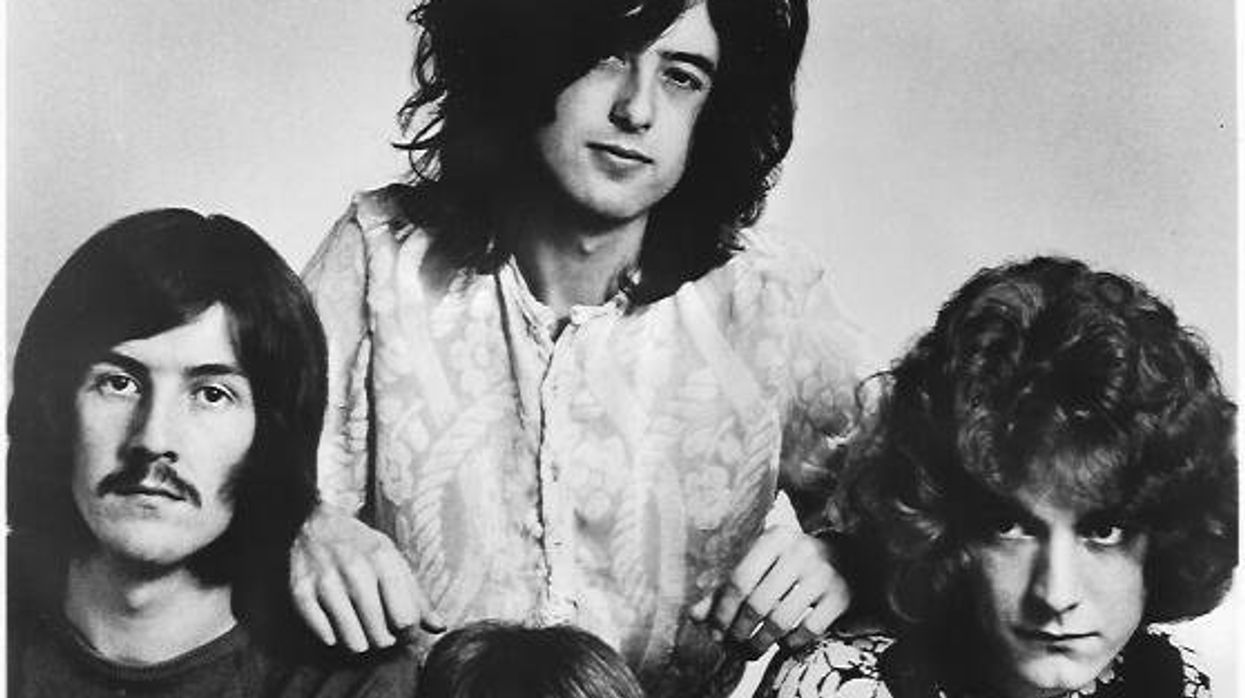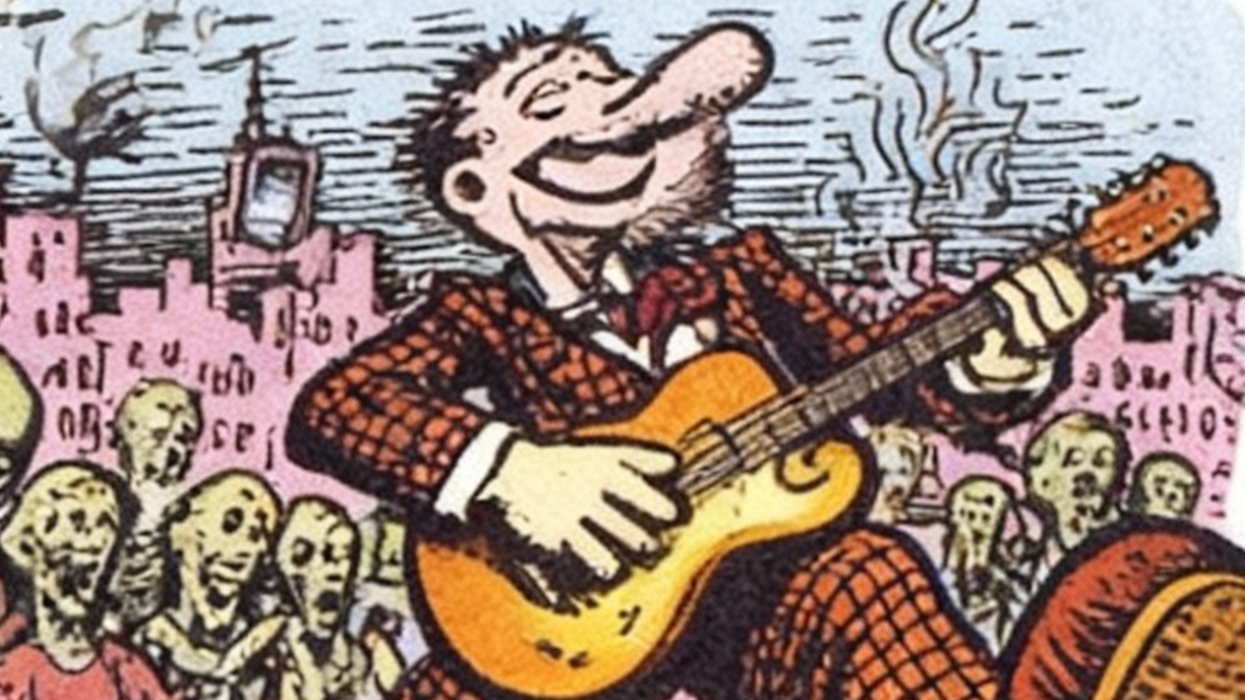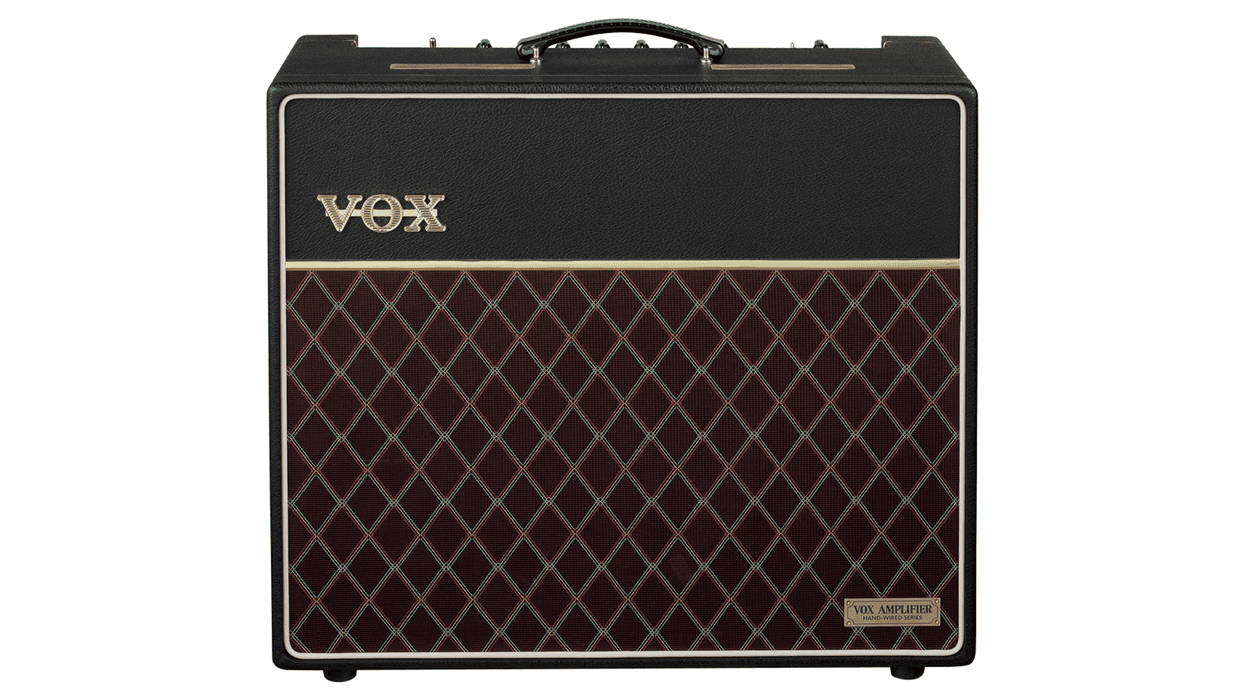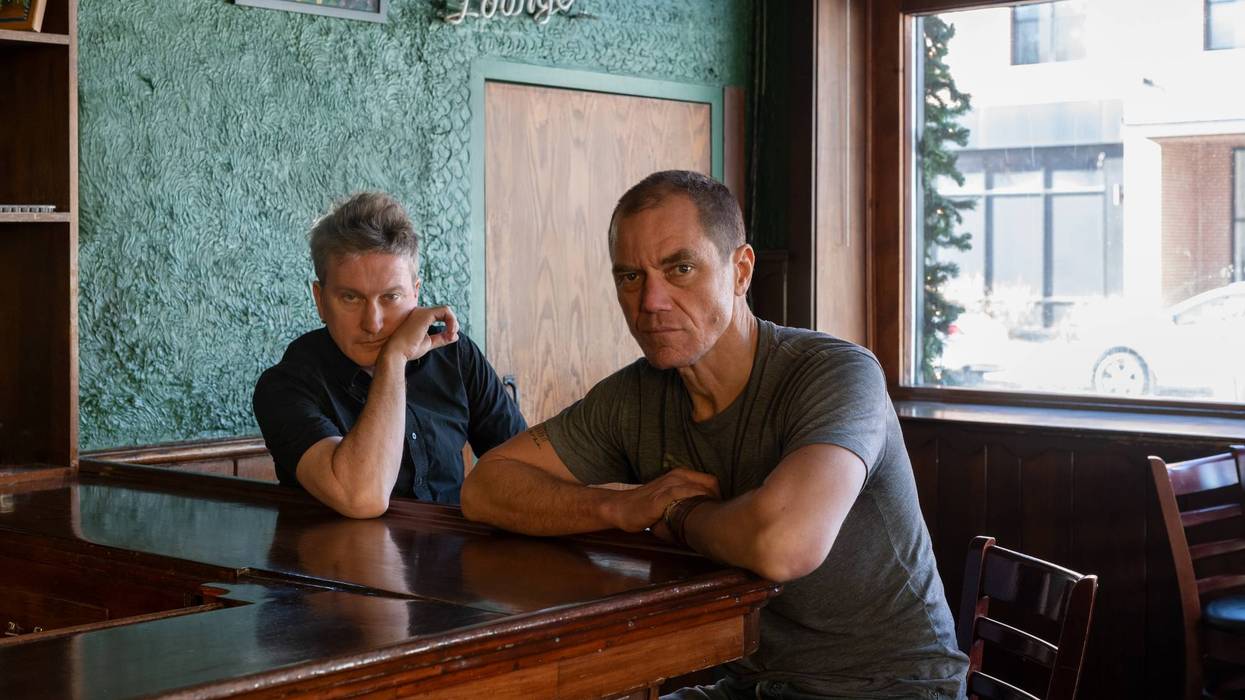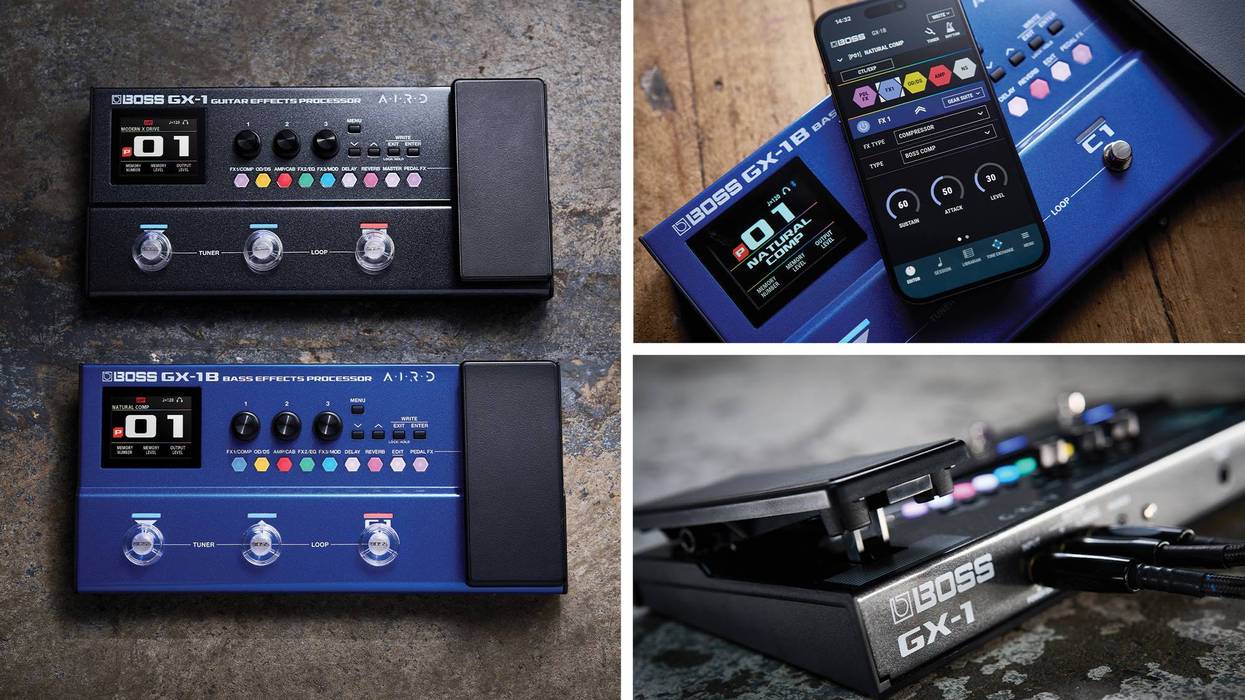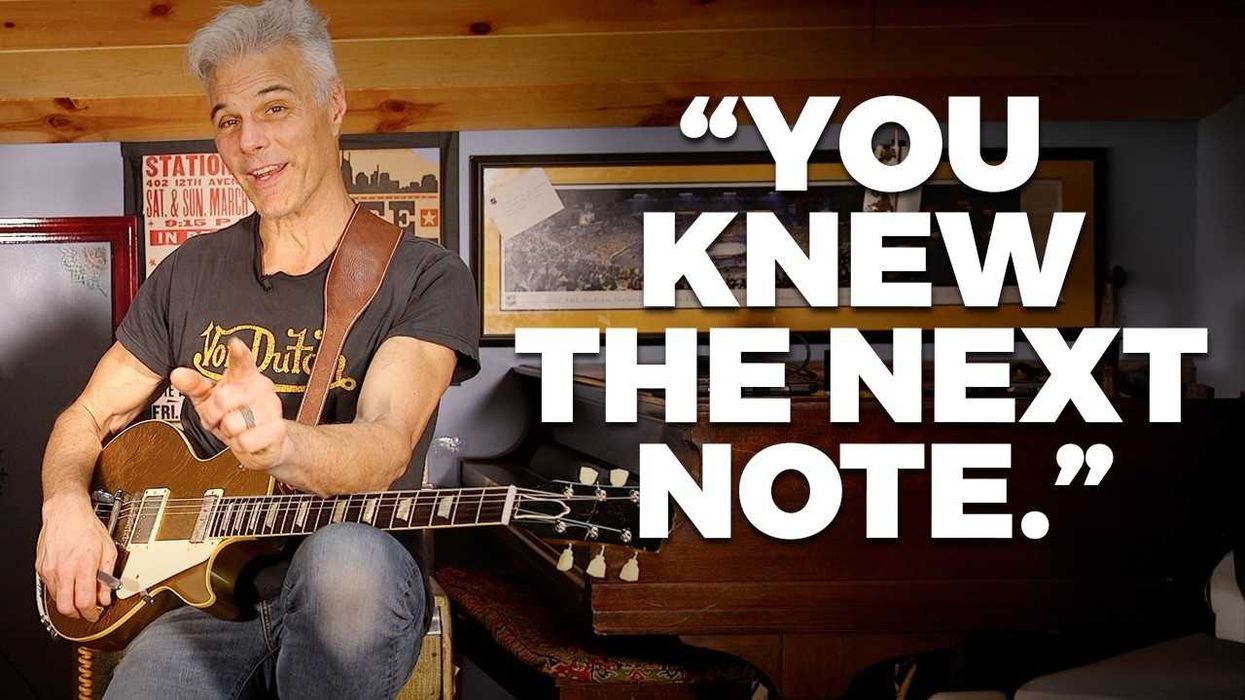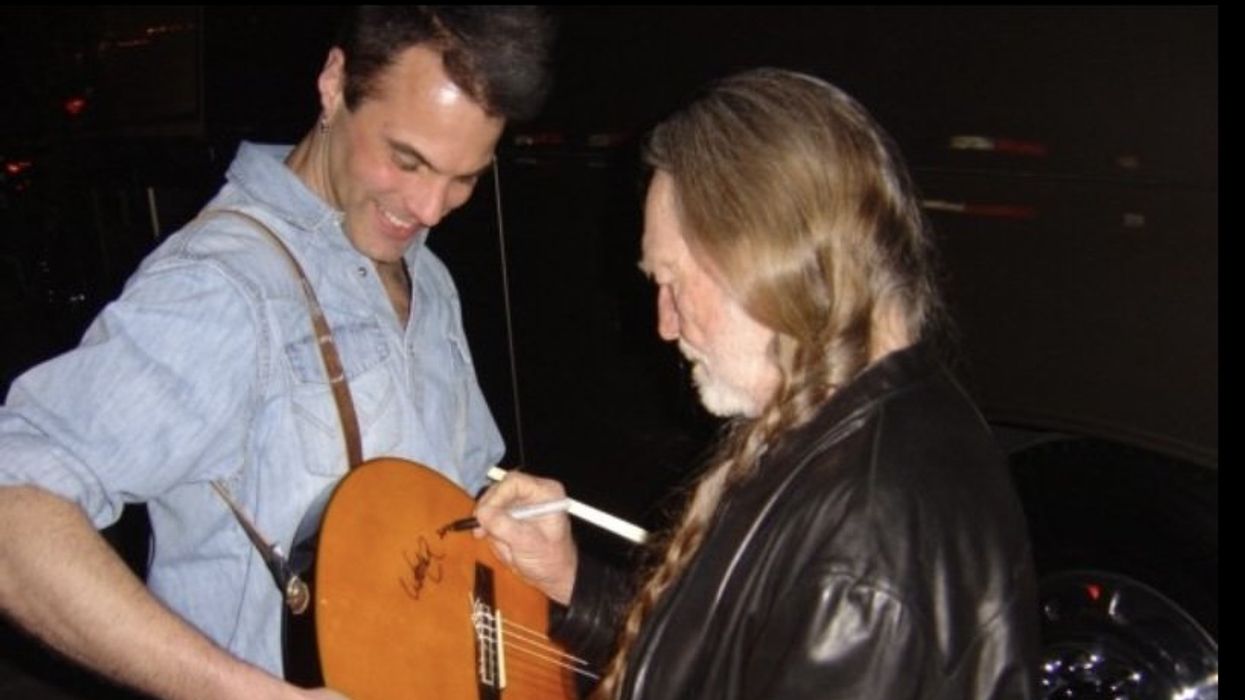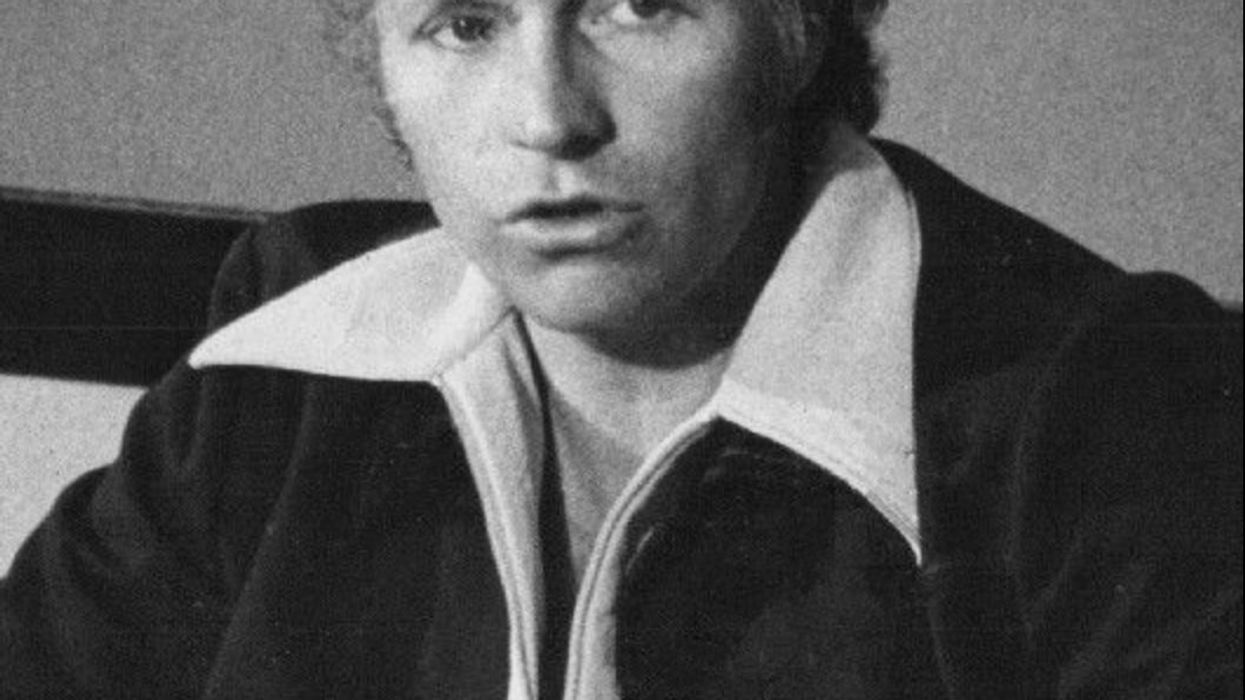I came of age when players prided themselves in hot-rodding their instruments, often with mixed results. Sure, Van Halen built his Frankenstrat that changed the world, but remember "Shark," his 1976 Ibanez Destroyer played on "You Really Got Me," "Jamie's Cryin',"and "On Fire"? Ed admitted Shark was a mod casualty. "It was a great-sounding guitar, until I hacked a chunk out of it to make it look different. It was ruined!"
Sometimes they work, sometimes not. Here are a few of my adventuresome mods. Crazy? You be the judge.
PRS SE One
I toured with my 1958 Les Paul Jr. until one soundcheck when I noticed a new, deep gouge across the front. I don't mind guitar battle scars if they come with a cool story, but this nasty gash was not my doing. So I started looking for a touring guitar that sounded similar but was inexpensive enough that I would not worry about wear and tear, theft, or negligence.
I bought a PRS SE One for under $300 (probably less than the road depreciation on my '58). The One did one thing really well, but I wanted more variety. I hired my buddy Forrest Lee to put a B-Bender in this small, flat body. Forrest had to flip the bender upside down to make it fit, but it worked perfectly. The stock P-90 was cool, but hummed and did not cut, so I popped a DiMarzio Minibucker in the original slot. I wanted a neck pickup but had already taken a lot of wood out for the Bender. I feared the body would cave if we routed near the neck heel, so we installed a DiMarzio Area 61 middle just north of where a Strat middle would be with a 3-way switch right behind the single volume. Then I installed an adjustable ResoMax Wraparound Bridge to help stabilize intonation.
Result: What started as a replacement for an LP Jr. became a truly unique instrument that's much more versatile. Even with these expensive mods, I'm in about $1,000. The middle pickup doesn't kill me, but the bridge alone is killer and both combined is very Strat second position. I would love to add a tone knob, but fear this skinny body will collapse if it loses more wood.
Gibson Music City Jr.
Mad genius inventor and guitar guru Joe Glaser designed the Music City Jr. for Gibson roughly 11 years ago. I got a non-serial-number prototype from Joe that features a rosewood fretboard (Gibson used maple on the production model). The guitar came stock with two P-90s and a B-Bender, so it was totally my bag. As I played it, it felt like the P-90s just didn't have enough bite, so I changed to two DiMarzio Minibuckers. After playing a few gigs with it, it was apparent the high E didn't ring well. Turns out, the mounting screws on the Minis were a bit long, which made the pickups ride too high, impeding the movement of the top E. I took out the pickups and ground down the screws so I could lower them.
My buddy Dion Edge at Gibson Repair and Restoration painted a light gold finish to give it some flash, then designed and cut a faux tortoiseshell pickguard for a cooler look. To really set it off, my buddy Shane Syx pinstriped it.
After a year of four-hour club gigs, my ribs were bruising from the sharp edges. I took a belt sander and hacked out a big belly cut on the back and sanded a big chunk on the front where my right arm draped to give it a Strat feel. I also nipped off part of the neck heal, giving my hand easier access to high notes. I also changed the tuners to Graph Tech Ratio locking tuners.
Result: Being a prototype, this was a potentially valuable instrument, so my hacking out wood and painting it made it considerably less collectable, but I don't care. Uno is my No. 1. No regrets.
Peavey Omniac Jerry Donahue
Peavey built me a JD with my son August's artwork superimposed on the front. The artwork meant so much to me that I wanted this to be my No. 1 and set about personalizing it. Forrest Lee installed a B-Bender. We then installed a left-handed Fender Tele bridge, a DiMarzio Area T Bridge pickup, and an Area 61 in the neck, then routed a hole in the middle for another Area 61. Regrettably, I used a 3-way switch and converted the tone control into a middle volume. The 5-way is way more efficient and I miss the tone control. Although the maple neck was beautiful, it just never felt right in my hands, so I bought a no-name, eBay baritone neck and did the swap.
Results: I set out to build a No. 1 but wound up with a very cool specialty guitar that I rarely need but always enjoy.
The Takeaway:
1. Mods are a gamble.
2. Trial and error is the only way to know what works for you.
3. You can do irreparable damage.
Sometimes mods are the only way to get the sound you're looking for.


